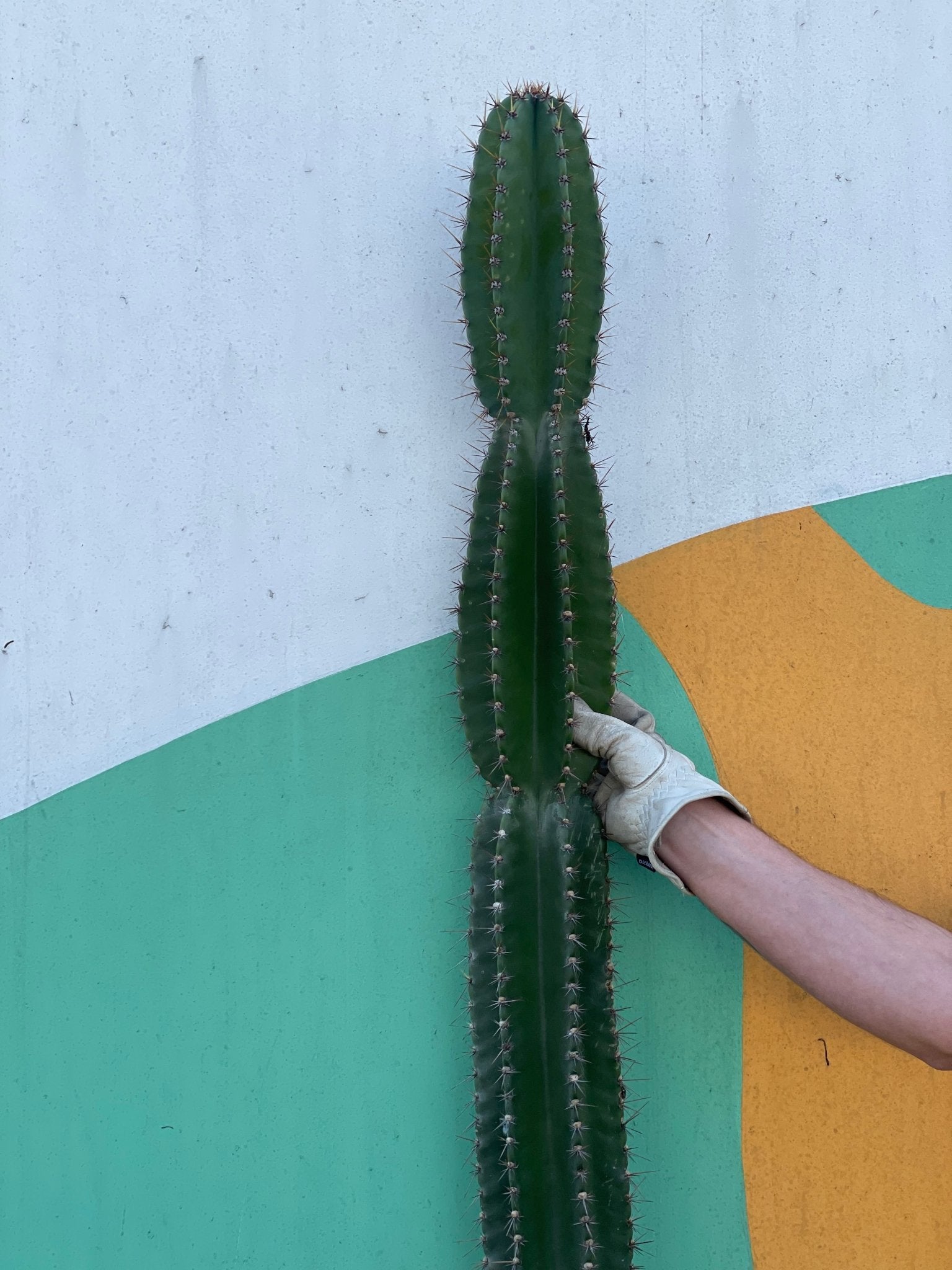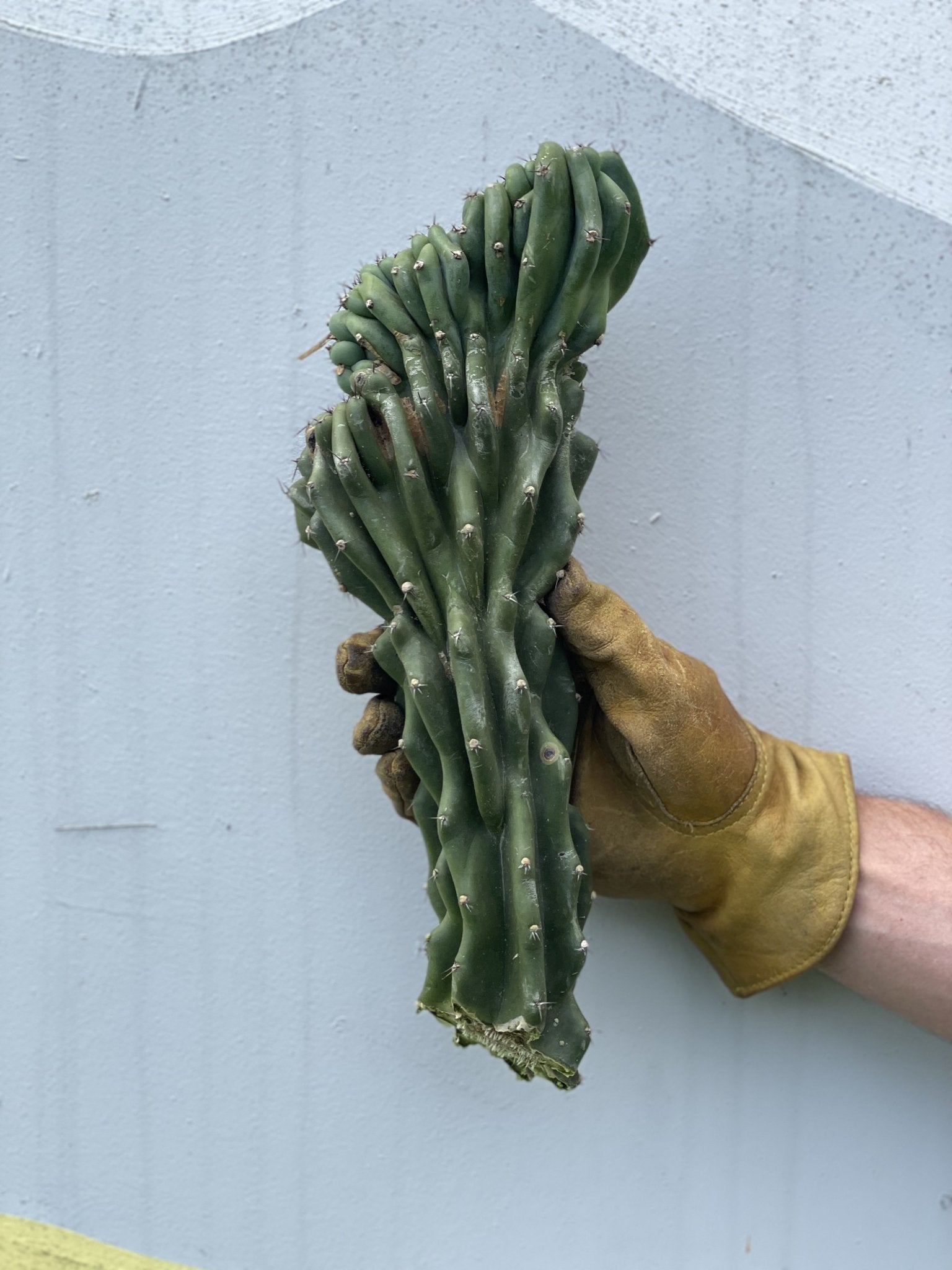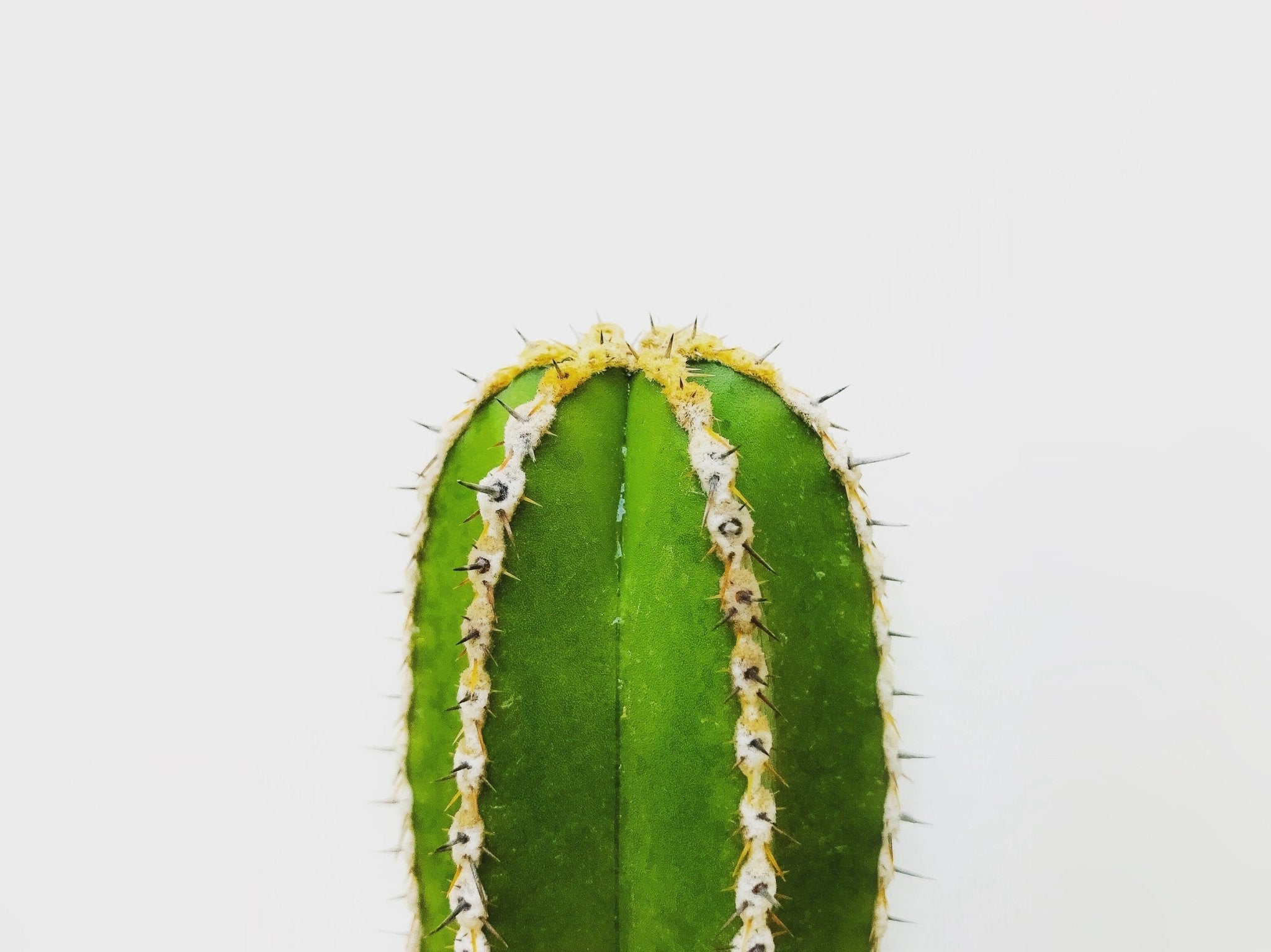Cacti are resilient. When considering the environmental hardships these succulents face, they are remarkable organisms. If you observe your cactus browning, do not worry. It is not ill or dying; rather, it is displaying an essential adaptation for self-protection.
Corking Explained
Corking explains how the green plant tissue changes to a brown, firm texture. A cactus sheds its spines during this process, starting at the base and moving upwards. It's a natural aging response triggered by stress, such as contact with rough sand or promoting new growth. As the cactus undergoes corking, it demonstrates a fascinating transformation from green tissue to a brown, firm texture. Shedding its spines from the base and moving upwards, this natural process is a response to stress, such as contact with rough sand or the promotion of new growth.
Corking can occur so slowly it may go unnoticed, yet it plays a vital role in plant survival. These species originated in water and faced significant challenges upon transitioning to land, including water loss and herbivore consumption. They eventually adapted with the evolution of unique cells containing a substance called suberin.
You can think of it as a plant’s bandage if it gets damaged. While they grow slowly, species such as the Monstrose Cactus will need the extra support that this fat-containing chemical contains. The wood-like appearance of your plant provides just what it needs to continue growing. You’ll even see it on columnar species, like the Peruvian Apple Cactus because of the extra weight of its fruit.
Other Causes of Browning
Corking isn’t a major issue, but browning cactus can indicate serious problems. Poorly drained soil can lead to rot, characterized by a soft texture and disagreeable odor as the flesh decays.
Insect pests can cause a similar appearance. Unless something pierces that protection, the cactus' flesh and spines provide excellent protection. Mites and mealybugs are bad enough on their own. However, they also leave breeches in the flesh where bacteria, fungi, or viruses can enter. The combined forces of the pests and disease will kill a plant quickly, causing the same effects as rot. It is crucial to regularly inspect your cactus for signs of insect pests to prevent potential damage and disease.
Treating Corking
Corking is a lengthy process, so detection may only occur when it's advanced in your cactus. Trimming browned areas is an option, but can harm the plant. To prevent, create a stress-free environment by watering appropriately and using well-draining pots.
Direct sunlight can also harm your plants. UV radiation can cause sunburn just like it can for you if you spend too much time soaking in the rays. Indirect light is a better solution.
Final Thoughts
While it might appear problematic, corking is a cactus’ means of protecting it from damage and stress. It helps a plant to be able to handle the weight of its growth. Cacti might struggle to survive environmental pressures without it. As long as you’re giving your plants proper care, you needn’t worry about it.












1 comment
Thanks! I was about to toss our Teddy Bear cactus because of the corking on the bottom. We’ll give our Teddy further care instead.
Leave a comment